Climate change and flooding
Climate change results in more intense rainfall, which increases the chances of flooding.
A view from above of flooding in Balochistan in Pakistan. Image: Arif Shah/Oxfam
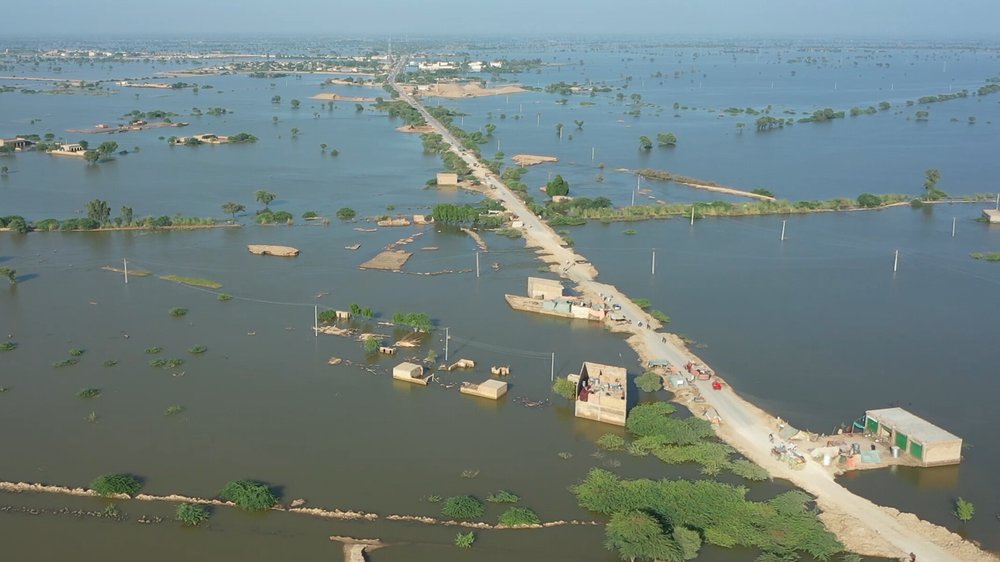
What types of flooding are there?
Flooding destroys people’s homes, communities, livelihoods, and cropland and can lead to injury or death.
There are two main types of flooding which happen as a result of rainfall – “pluvial” flooding (surface water floods), and “fluvial” flooding (river floods). There’s also coastal flooding often caused by storm surges. Coastal flooding will worsen in places under climate change due to rising sea levels and more intense storms.
Flooding can happen quite suddenly and have a very real and devastating impact on people’s lives.
“Eventually the water took everything. It washed away our house and all of our things. It even washed away the land that the houses had stood on. All we managed to save were a few documents and the clothes on our backs. I feel so vulnerable, our house was a safe space where we felt peaceful. We no longer have a place to feel secure.”
A Woman living in Timor-Leste which was hit by Cyclone Seroja on the 4th of April 2021.
How does climate change cause flooding?
Climate change results in more intense rainfall. This increases the chances of flooding. This is because warming means the air can hold more moisture (for every 1℃ of warming, the atmosphere can hold 7% more moisture). Climate change also makes connecting extreme weather events more likely. For example, stronger heat and dry conditions result in parched soils. Parched soils increase the risk of flash flooding when it rains.
On top of how heavy and how much rainfall there is, other factors play a role. These include soil moisture, seasonal snow cover, infrastructure and land use.
Not long ago, Pakistan bore witness to extreme floods. Over 30 million people were estimated to have been affected. And there were over $12.5 billion in damages. Extraordinarily heavy monsoon rains and melting glaciers contributed strongly to this. The floods hit just months after Pakistan saw sweltering temperatures of over 50°C.
Climate change responses include adaptation (risk reduction, like building flood defences) and anticipatory action (risk aversion, like evacuating people). These are critical parts of reducing devastation.
“In East Africa, nearly 40 million people are experiencing climate-induced hunger. Catastrophic floods in Pakistan have inflicted more than $30 billion in damages and economic losses and left 10 to 12 percent of the country’s land area under water, affecting more than 33 million people. The list of extreme weather events and disasters is growing, as are the devastating impacts on communities.”
Gabriela Bucher, Oxfam International’s Executive Director.
Ghulam Fareed wades through floodwater in Pakistan. Image: Ingenious Captures/Oxfam
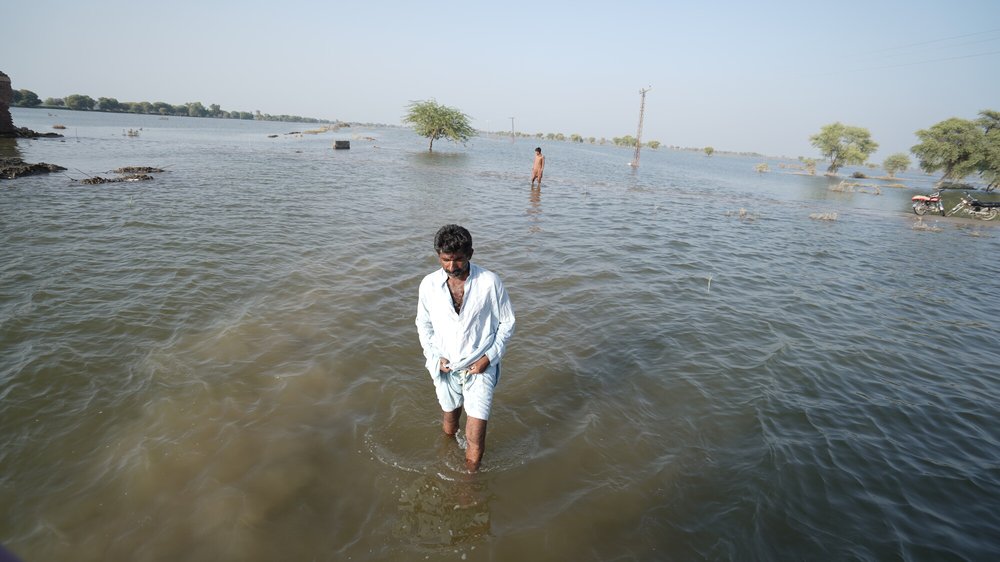
| Disasters happen when... |
|---|
| The geographical area where the community is settled is exposed to a hazard (for example, extreme rainfall). |
| The society (including individuals) and its infrastructure, assets and other processes - as well as services which may have experienced damage or destruction - are vulnerable. |
| Oxfam no longer uses the term ‘natural disaster’ as this removes human responsibility and, in most cases, there is nothing ‘natural’ about the disaster. |
Who does flooding affect?
Increased flooding is affecting both low and high-income countries (one of our own Oxfam shops in England, a high-income country, was forced to close due to April floods).
The floods in Germany and Belgium in summer 2021 led to at least 125 deaths and caused billions in damages. This was devastating for the affected communities, but a €30-billion reconstruction fund was quickly agreed by political leaders in these countries. In lower-income countries, this is not possible using public funds.
Oxfam estimates that the increase in climate-related disasters means we now need 8 times more money to save lives in the aftermath than we did 20 years ago. And over the past five years, nearly half of that need has gone unmet.
People living in poverty are most negatively impacted by climate change. Previously, there was no dedicated finance that existed to help people in lower-income countries recover from climate-fueled disasters - they have often been left to foot the bill themselves. In the final communiqué of the COP27 climate talks in Sharm El-Sheikh, a loss and damage fund was agreed upon.
“The establishment of a loss and damage fund is a monumental achievement for communities at the frontlines of the climate crisis. They have been calling for funding to cope with the devastating impacts of climate change for over 30 years. Given the urgency on the ground, the fund must be operationalised as soon as possible. Rich countries largely responsible for warming our planet should immediately mobilise substantial new and additional resources to pay for climate-related damage in vulnerable countries.”
Gabriela Bucher, Oxfam International’s Executive Director.
Tackling inequality is vital for those facing climate change and flooding
People need funds for loss or damage due to climate change. They need to be able to rebuild. When public funds exist to support people in these ways in one place but not in another, that is unfair.
This is one of the key differences in how the impacts of climate change are unfair. People living in poverty are affected first and worst by climate change because they usually have fewer assets. And less access to funding, technologies and political influence. They have fewer resources to adapt to climate change impacts. And to build back after climate-induced disasters.
The impacts of climate change most affect disadvantaged groups. Which pushes them further into poverty. Which in turn makes them more vulnerable to climate change impacts and reduces their ability to cope and recover. Yet gender was only marginally mentioned, if at all, in the climate talks’ decisions.
Oxfam in Pakistan initiated a response plan with local partner Tameer e Khalaq Foundation targeting 3,000 families. This is a distribution of Hygiene kits, Dignity kits, and more. Image: Ingenious Captures/Oxfam
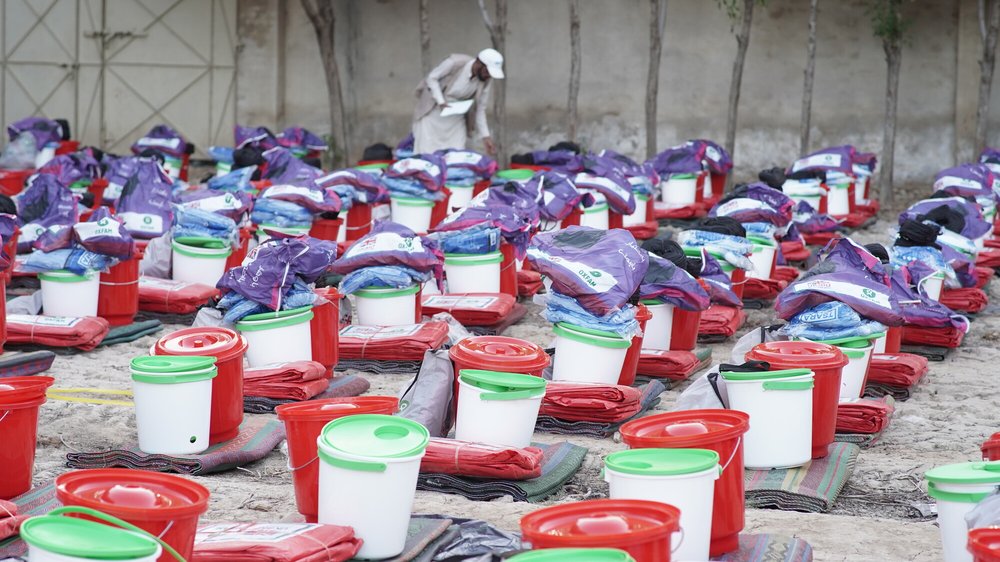
How can I help stop climate change and flooding?
There are several ways you can help can help encourage corporations and governments to take action on climate change and flooding...
- Call on leaders to immediately mobilise substantial new and additional resources to pay for climate-related damage to those who have suffered climate impacts. You can do this by contacting your MPs or local councillors yourself or through an advocacy group. You can contact them by phone, email, or social media, or get involved in local advocacy groups who do this.
- Educate yourself and others about the causes and impacts of climate change and flooding, and advocate for policies that will address these issues at the local, national, and global levels. This can include participating in educational events, sharing information about climate change and flooding with your social network, and supporting organisations that are working on these issues.
- Support businesses and organisations that are taking action to reduce their carbon emissions, pivot to renewable energy and mitigate the risks of flooding.
- Think about what actions you can take at home to help.
“Rich countries, especially the US and those in the EU, have failed to use their power and resources to meet their fair share of responsibility and their moral and legal obligations. Rich countries and many middle-income countries that have the ability to do so are not transitioning away from fossil fuels fast enough to keep warming below 1.5°C, leading to more losses, damages and suffering. Rich countries are not providing the necessary finance to support developing countries to leapfrog to renewable energy.”
Gabriela Bucher, Oxfam International’s Executive Director.
What do I do if I am worried about being affected by flooding?
If you are worried about being affected by floods yourself, firstly you can check if your home is at risk (e.g. check flood risks in England ), some Governments offer you to be able to sign up for flood warnings (e.g. get flood warnings in Wales) and you can prepare a flood plan if you are at risk.
More posts like this

The climate crisis isn't in the future, it's here now. Pushing people deeper into poverty. Polluters must pay for the damage they've caused. So all of us can thrive.
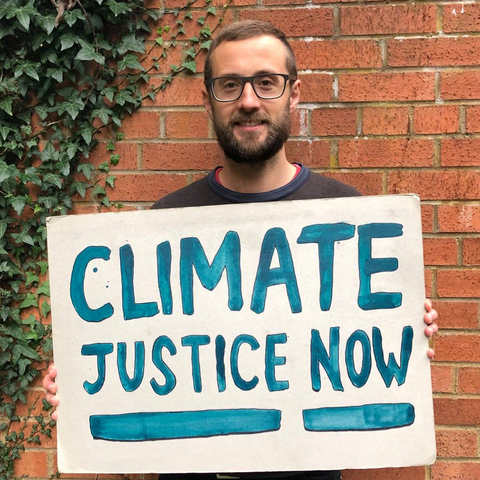
– How can we help climate change stop hitting those who have done the least to cause it first and worst? And what can we do to stop climate change?
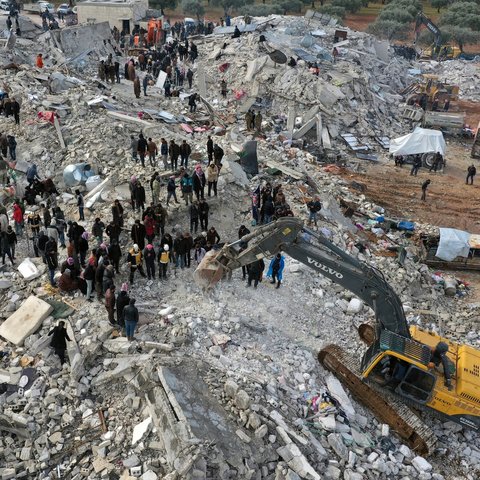
– Find out ways those of us in the UK can help support earthquake survivors in Turkey and Syria.
